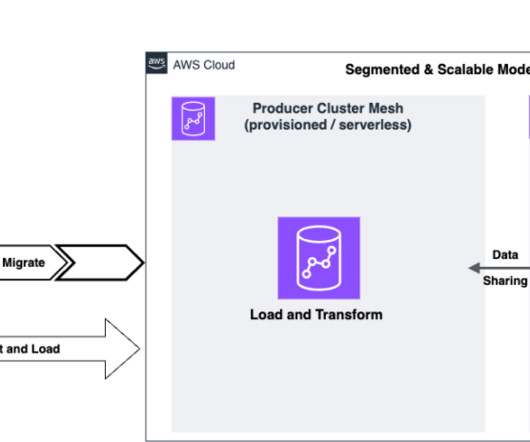Unlock scalability, cost-efficiency, and faster insights with large-scale data migration to Amazon Redshift
AWS Big Data
AUGUST 1, 2024
This includes the ETL processes that capture source data, the functional refinement and creation of data products, the aggregation for business metrics, and the consumption from analytics, business intelligence (BI), and ML. The data warehouse is highly business critical with minimal allowable downtime.













Let's personalize your content